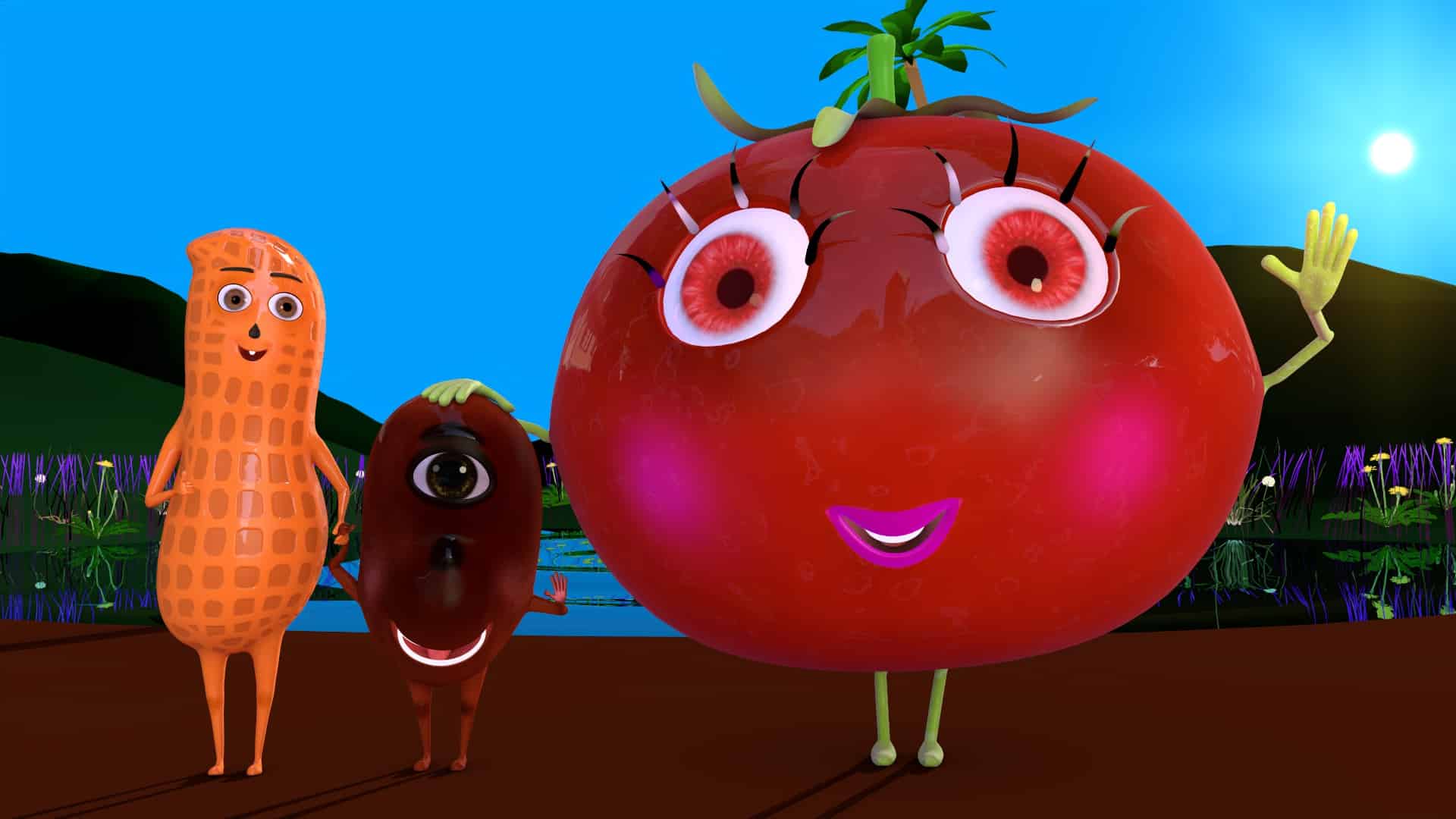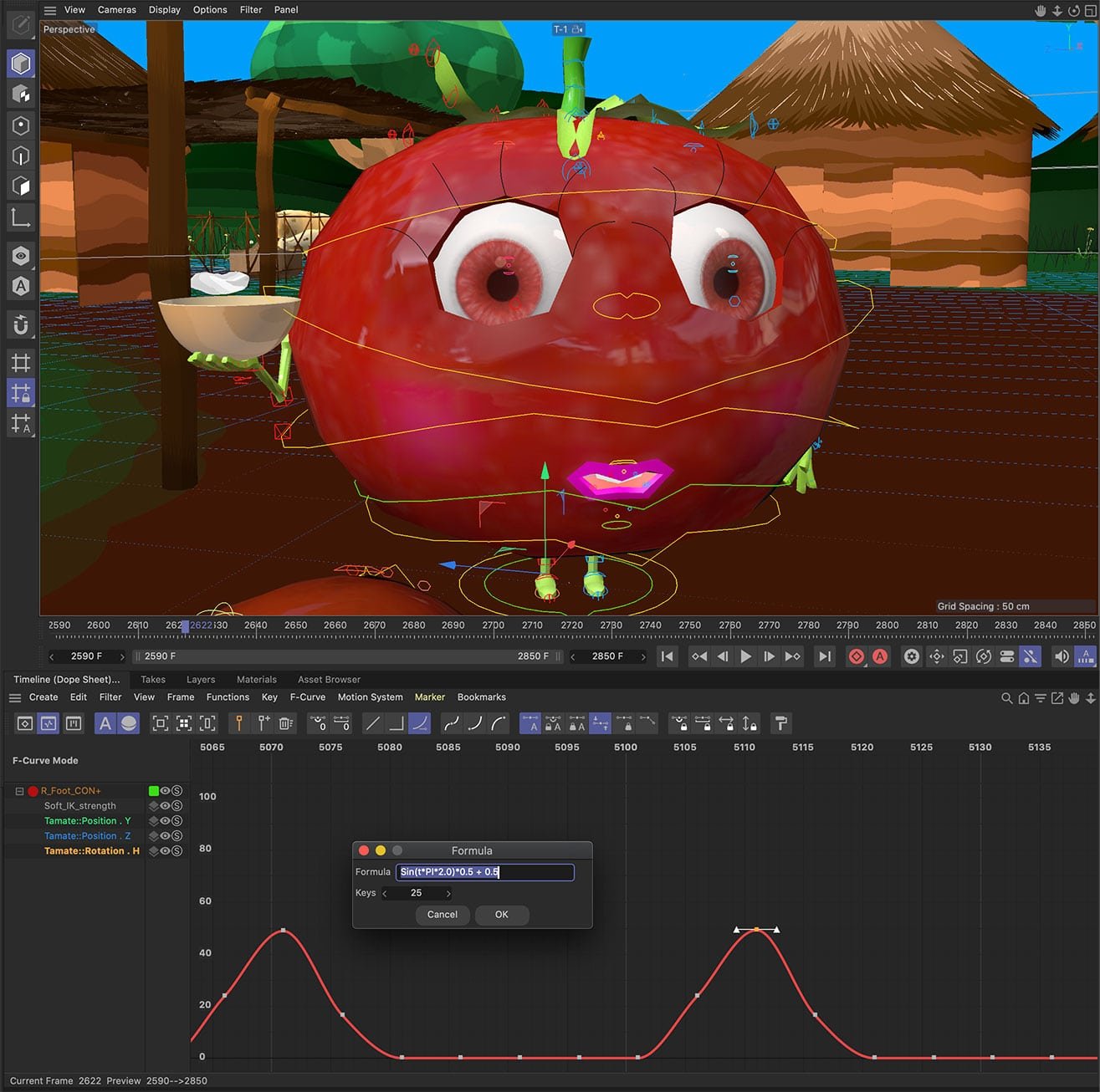Innovative Solutions
To overcome these challenges, we have developed innovative techniques to reduce the high calculations of our CPUs and GPUs. By abandoning hyper-realistic landscapes and settings to adopt “lowpoly” mode, we were able to lighten the workload on our machines. Additionally, we gradually upgraded our hardware, which allowed us to continue moving forward with our project.
Realizing Our Vision
Through these adjustments and our perseverance, we were able to continue to turn our vision into reality. Our 3D animated film series is well underway, and we can’t wait to share these timeless tales with the world. This 10-year journey has been fraught with challenges, but our passion and determination have allowed us to overcome them.
Unleashing Creativity for a Better Future!
As you already know, our first aspirations were to produce the “Leuk ak Bukki” tales as 3D animated films. But when choosing the stories, we quickly realized the problems associated with obtaining usage rights. So we preferred to keep the characters and create our own stories.
In 2021, we decided to stand out by adding creativity and originality to our animation project. We changed characters by choosing the grain that gave life to our national emblem: the baobab, then the peanut, grown en masse in Senegal, and finally the tomato, which represents at the same time the Senegalese woman, openness, and acceptance of other good values. We also created other surprising characters.
The Future of 3D Animation Films in Senegal
It is no coincidence that until today, in 2022, you do not see quality animated films produced in Senegal by Senegalese people. Indeed, apart from the artistic side, 3D animated films, like video games, are based on pure mathematics, physics and partly computer programming.
Challenges in Senegal
Also don’t be surprised if in the next 50 years, or even a century, you still don’t see quality 3D animated films in Senegal. The justification is simple: most Senegalese people who have a mathematical profile finish their studies and make their future in Europe or the United States. The other part, the one that remains, is sucked up by sectors such as civil engineering, architecture, health, etc.















